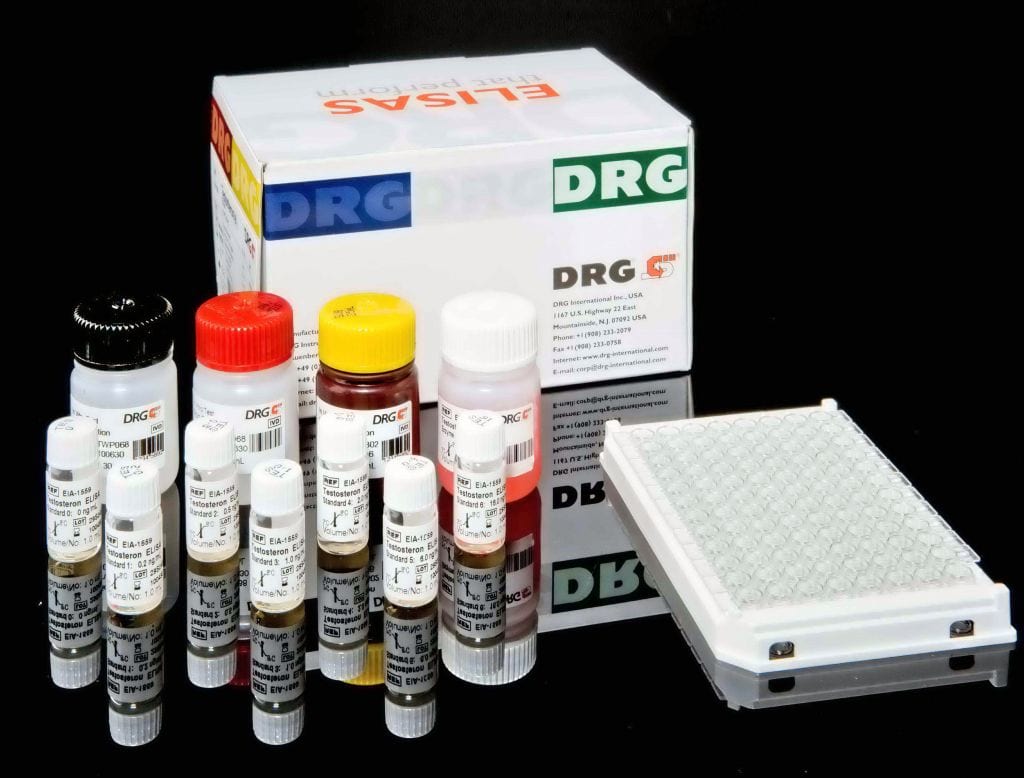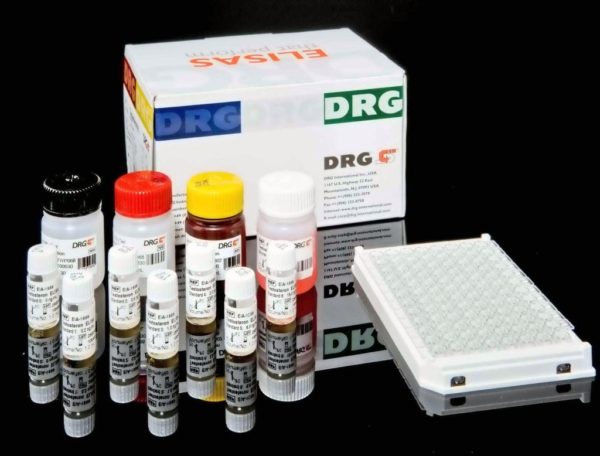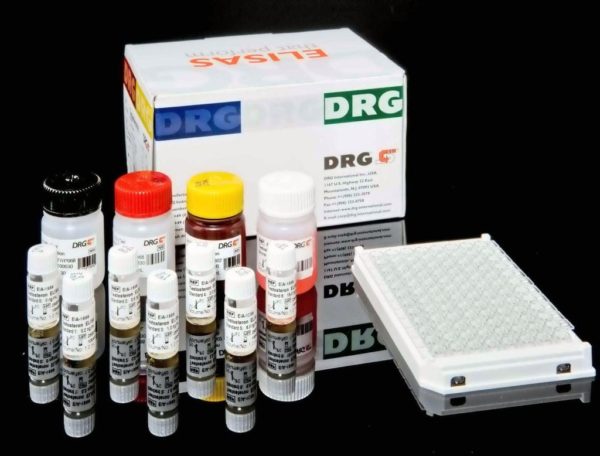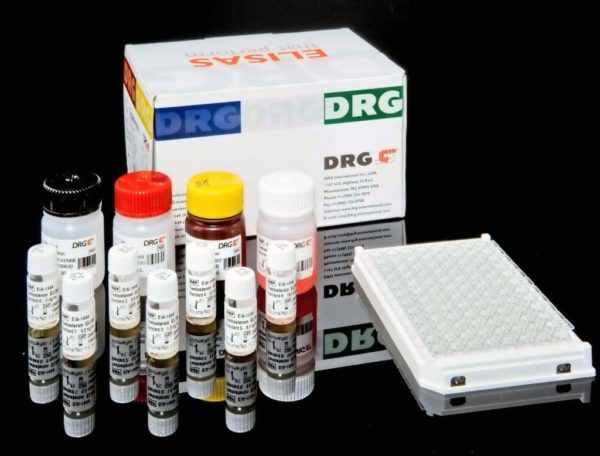Description
An enzyme immunoassay for the quantitative determination of progesterone in serum and plasma.
Progesterone (pregn-4-ene-3, 20-dione) is a C21 steroid hormone containing a keto-group (at C-3) and a double bond between C-4 and C-5 (_4). This steroid hormone is a female sex hormone which, in conjunction with estrogens, regulates the accessory organs during the menstrual cycle and it is particularly important in preparing the endometrium for the implantation of the blastocyte and in maintaining pregnancy. In non-pregnant women progesterone is mainly secreted by the corpus luteum whereas in pregnancy the placenta becomes the major source. Minor sources are the adrenal cortex for both sexes and the testes for males. Progesterone circulates in blood mainly bound to Corticosteroid Binding Globulin (CBG), Sex Hormone Binding Globulin (SHBG) and Albumin. Only 2-10% of the total concentration circulates as free hormone. Blood progesterone concentrations vary widely according to the phases of menstrual cycle; they are lower than 1 ng/mL (3.2 nmol/L) in the follicular phase and around 10-20 ng/mL (32 -64 nmol/L) in the luteal phase. The maximal levels are achieved 4-7 days after ovulation and remain elevated for 4-6 additional days prior to falling to the preovulatory levels 24 hours before the onset of menstruation.Since the rise and fall of progesterone parallel the activity of ovarian follicle and corpus luteum, measurements of plasma progesterone are clinically used to confirm ovulation and normal function of the corpus luteum in non-pregnant women. If ovulation does not occur the corpus luteum is not formed and no cyclical rise of progesterone in plasma is observed. Abnormal progesterone secretion has been implicated in premenstrual tension, irregular shedding of endometrium, dysmenorrhoea, and luteal insufficiency. Progesterone concentration can vary not only from subject to subject but also in the same person from day to day or even from hour to hour. Consequently, in gynecological disorders or abnormal pregnancies serial measurements rather than single ones are recommended for a proper interpretation of results. During pregnancy progesterone is widely produced by placenta, and plasma levels rise steadily achieving values as high as 200 ng/mL at term.
The DRG Progesterone ELISA Kit is a solid phase enzyme-linked immunosorbent assay (ELISA), based on the principle of competitive binding.The microtiter wells are coated with a polyclonal antibody directed towards an antigenic site on the Progesterone molecule. Endogenous Progesterone of a sample competes with a Progesterone horseradish peroxidase conjugate for binding to the coated antibody. After incubation the unbound conjugate is washed off. The amount of bound peroxidase conjugate is reverse proportional to the concentration of Progesterone in the sample. After addition of the substrate solution, the intensity of color developed is reverse proportional to the concentration of Progesterone in the sample.




